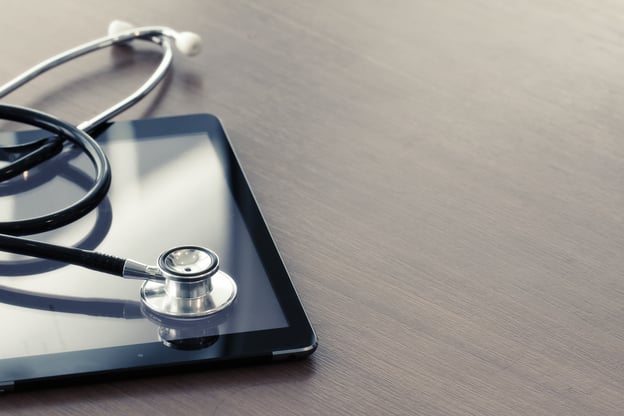What is a medical device anyway?

One of the fundamental questions in medical device regulations (MDR) is whether a product is actually a medical device.
If a product does not fall within the legal definition of a medical device, then its manufacturer does not need to comply with the complex requirements set out in the medical device regulations. (Of course, the product will still need to comply with general consumer product safety laws, but these are much less stringent.)
In general, a product is a medical device if:
- the manufacturer intends that the product is to be used for a medical purpose
- the principal intended action of the product on the human body is not through pharmacological, immunological or metabolic means.
It does not matter whether the product is a physical product or software.
The key question for manufacturers is whether the "intended use" of the product has the required medical purpose. But what is a medical purpose?
United Kingdom
The definition of a "medical purpose" in the UK MDR currently covers:
- diagnosis, prevention, monitoring, treatment or alleviation of disease,
- diagnosis, monitoring, treatment, alleviation of or compensation for an injury or handicap,
- investigation, replacement or modification of the anatomy or of a physiological process, or
- control of conception.
This would align the UK regulatory framework with international practice on the regulation of products such as dermal fillers, cosmetic contact lenses, and equipment for brain stimulation.
European Union
- diagnosis, prevention, monitoring, prediction, prognosis, treatment or alleviation of disease,
- diagnosis, monitoring, treatment, alleviation of, or compensation for, an injury or disability,
- investigation, replacement or modification of the anatomy or of a physiological or pathological process or state,
- providing information by means of in vitro examination of specimens derived from the human body, including organ, blood and tissue donations
As you can see from the bold text, there are some differences between the current UK definition and the EU definition. In most cases, these differences will not be significant.
The EU definition of "medical device" explicitly includes devices for:
- the control or support of conception and
- the cleaning, disinfection or sterilisation of other medical devices.
However, other devices without a medical purpose, such as cosmetic lenses, are included separately under Annex XVI.
United States
In the USA, the definition of "device" is set out in 21 USC 321(h)(1) of the Food, Drug, and Cosmetic Act. It includes the following in relation to the intended use of the product at paragraphs (B) and (C):
- intended for use in the diagnosis of disease or other conditions, or in the cure, mitigation, treatment, or prevention of disease, in man or other animals, or
- intended to affect the structure or any function of the body of man or other animals.
Further along, it states that "[t]he term "device" does not include software functions excluded pursuant to section 360j(o) of this title".
This is important because these software functions are excluded entirely from regulation as medical devices. This is a very different situation to software functions that still fall within the definition of medical device, but for which the FDA has stated that it intends to exercise "enforcement discretion" when deciding whether to pursue action against manufacturers for failing to comply with the regulations. Manufacturers should keep this in mind when considering their compliance obligations for USA market entry with products that include software.
Australia
- diagnosis, prevention, monitoring, prediction, prognosis, treatment or alleviation of disease;
- diagnosis, monitoring, treatment, alleviation of or compensation for an injury or disability;
- investigation, replacement or modification of the anatomy or of a physiological or pathological process or state;
- control or support of conception;
- in vitro examination of a specimen derived from the human body for a specific medical purpose.
Note however, the difference in the paragraph regarding in vitro examination of specimens. The reference to a specific medical purpose suggests that some tests could fall outside the definition if done for non-medical purposes, e.g. parentage testing.
Webinar on "What is a Medical Device?"
Find out more about what counts as a medical device in this webinar that we presented with Marc Desmulliez (Medical Device Manufacturing Centre) and Elaine Gemmell (InnoScot Health) on 22 September 2022:
You can even get a sneak peek at the Regtik Health Care Regulatory Explorer!




